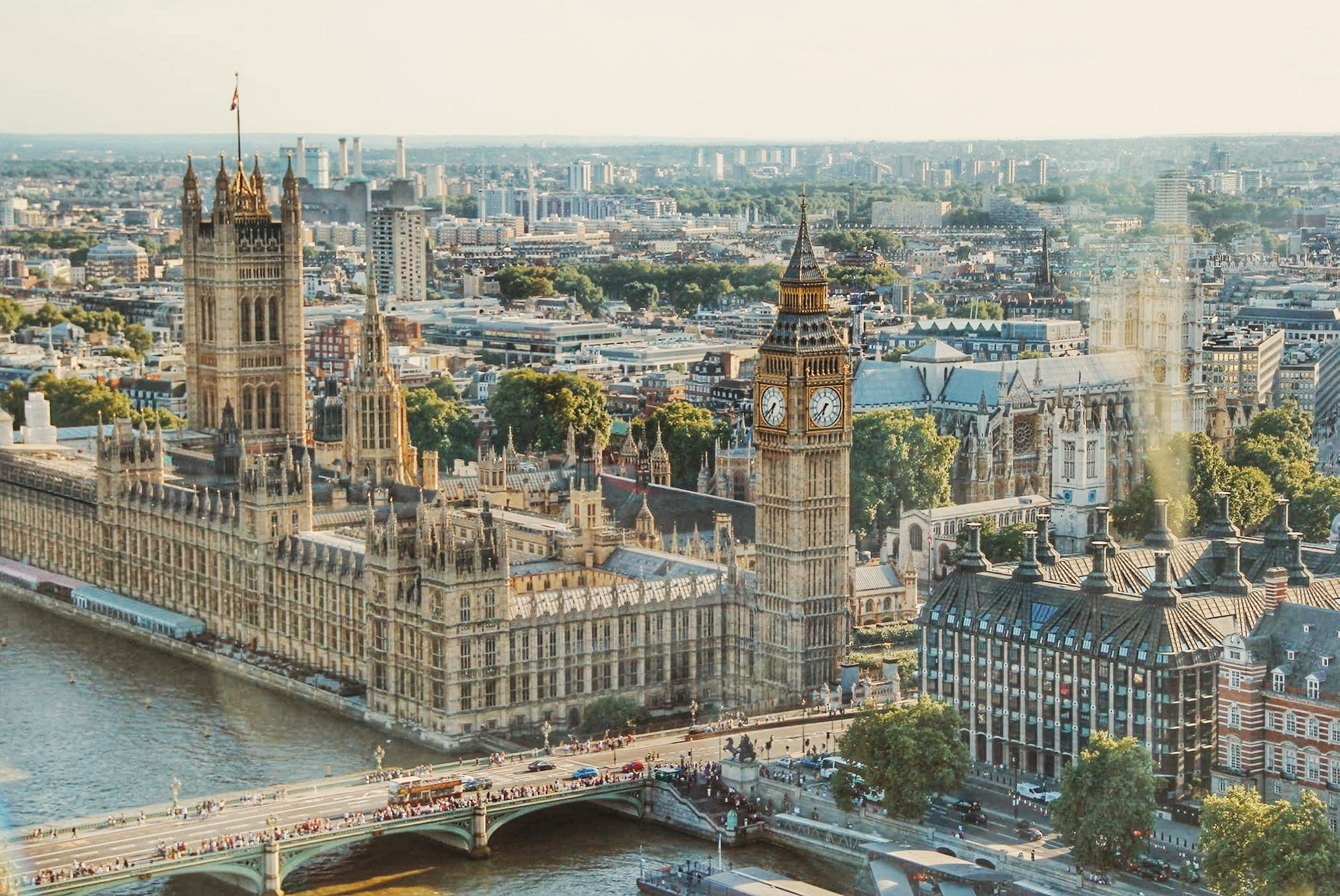The Growing Rental Market in London
With the slow pace of workers returning to offices and international travel resuming, London’s high-end rental homes are witnessing high demand, and in response, their prices are on the up.
According to new research, rental price growth reached its highest level for 13 years during Q3 2021.
Zoopla’s quarterly Rental Market Report indicates that average rental prices are rising across the UK owing to high tenant demand and a shortage of available properties.
According to Zoopla’s report, the London market has leaped back after a challenging period in recent months. However, alongside Scotland, it’s the only UK region where rental development isn’t close to, or at, a 10-year high.
Here’s an overview of how it’s been functioning:
- rental growth in London reached 4.7 percent in Q3 2021
- the positive change arrives after 15 months of straight prices falls
- annual rental growth now sits at 1.6 percent, compared to falls of up to 10 percent recorded in early 2021
- average rents in London are still five percent lower than those recorded at the start of the Covid-19 pandemic
“The return of international travel, combined with a complete easing of restrictions, has sent the prime lettings market into a frenzy,” Amelia Greene, director in the prime lettings team at Savills, said in a report. “Demand is up across the board—and nearly every branch is reporting competitive bidding. Hotspots in North and East London have been trendy due to workers’ desire to walk to the office, and the return of students to the capital,” she said. Almost all of Savills London representatives—94% of them—are reporting an absence of stock, and 72% of them say that the shortage is “significant,” according to the report.
The study conducted by lettings company, The Vesper Group, supports the starting statement of how the return of office employees and students are the reason behind the rise, which has, in turn, ushered to a shortage of available properties. James Cameron, Vesper Group director, said, “London life is rapidly resuming, with the race to find a rental property in the capital now as competitive as it’s ever been. Employees heading back to their London-based jobs, combined with a typically buoyant student market, have resulted in our current inquiry levels topping those for 2019.”
The rental market is even more active than the sales market, which was unthinkable just a few months ago. With demand outstripping supply, rents are increasing, and – if the limited availability of properties continues – it won’t be long before they surpass 2019 levels.
Imbalance of supply and demand?
The report says that extraordinary rental growth is due to an imbalance of supply and demand. The supply of rental properties was registered at 43 percent below its five-year average during Q3. This is down to a rise in the post-lockdown market from tenants and landlords exiting the market or deciding not to invest further. Landlords’ low desire for investment is basically a result of government measures such as the 3 percent stamp surcharge and the removal of buy-to-let mortgage interest tax relief.
The Covid-19 pandemic has also had an effect. Only eight percent of 500 landlords surveyed said they purchased a property during the pandemic, with just seven percent saying they had projects to expand their portfolio. Meanwhile, 21 percent of landlords said they intended to sell a property due to the cost of the pandemic.



